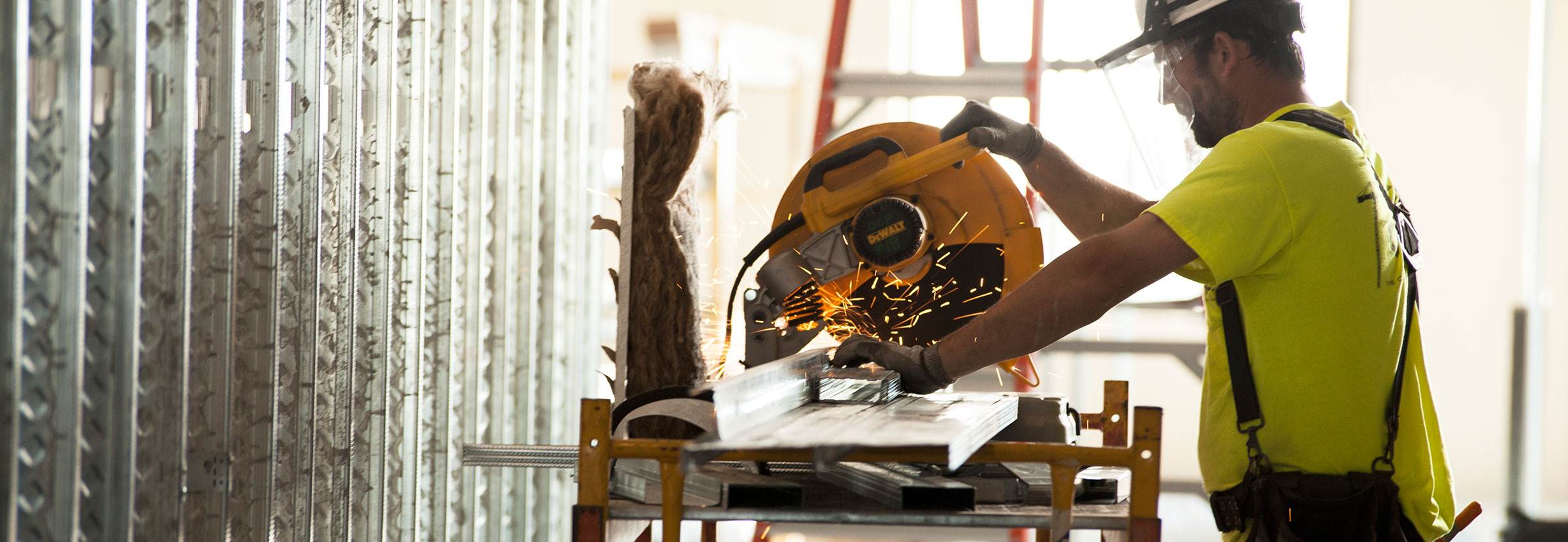FAR Council Publishes Final Rule to Implement Enhanced Sustainable Procurement Requirements for Federal Construction Contracts
The Federal Acquisition Regulatory (FAR) Council published a final rule to amend the Federal Acquisition Regulation (FAR) to focus on environmental and sustainability matters and to implement a requirement for agencies to procure sustainable products and services to the maximum extent practicable, including through contracts for construction.
Background
This final rule follows President Biden’s December 2021 Executive Order (EO) 14057 (“Catalyzing Clean Energy Industries and Jobs Through Federal Sustainability”), which directed federal agencies to reduce emissions, promote environmental stewardship, support resilient supply chains, drive innovation, incentivize markets for sustainable products and services, purchase sustainable products and services in accordance with relevant statutory requirements, and, to the maximum extent practicable, purchase sustainable products and services identified or recommended by the Environmental Protection Agency (EPA).
In conjunction with the release of EO 14057, the Biden Administration also issued Memorandum M-22-06 to provide direction for agency compliance with the EO. Memorandum M-22-06 reiterated the requirement to purchase, to the maximum extent practicable and after meeting statutory mandates, sustainable products and services identified or recommended by the EPA. Subsequently, in August of 2022, the White House Council on Environmental Quality (CEQ) issued implementing instructions for EO 14057. Among other things, these instructions reiterated the requirement to first ensure compliance with statutory purchasing programs and then ensure procurement of products and services identified by the required EPA programs in all contract actions and purchases. The instructions also explained when it is considered not practicable to procure sustainable products and services and provided a listing of helpful resources for identifying and understanding sustainable products and services. Moreover, the CEQ implementing instructions provided additional direction regarding construction and modernization projects and federal facility requirements, such as goals for pollution prevention and waste diversion and requirements for waste reduction.
Final Rule
The FAR Council is now finalizing provisions to implement the requirements of EO 14057, Memorandum M-22-06, and the CEQ implementing instructions by consolidating them at FAR subpart 23.1, which includes the policy and procedures for purchasing and prioritizing sustainable products and services, requirements for agency programs, exceptions, exemptions, and a new omnibus contract clause. Overall, the FAR Council is amending FAR part 23 under this final rule to: (1) dedicate FAR part 23 to environmental matters; (2) consolidate purchasing programs requirements; (3) consolidate requirements related to hazardous and radioactive materials; and (4) consolidate federal facility requirements.
Of particular note, the final rule includes a new clause for use in all solicitations and contracts unless there is a written justification that it is not practicable to procure sustainable products and services or an exception or exemption applies and the scope of the justification, exception, or exemption covers all potential sustainable products and services under a contract. This clause directs contractors to: (1) deliver and furnish sustainable products and services for government use; (2) incorporate sustainable products and services into the construction of a public building or public works; and (3) furnish sustainable products and services for contractor use in performing services under the contract, where the cost of the products is a direct cost to the contract (versus costs that are normally applied to a contractor’s general and administrative expenses or indirect costs). The clause specifically notes that the third provision listed above includes services performed by contractors performing management and operation of government-owned facilities to the same extent that an agency would be required to comply if an agency operated or supported the facility.
Moreover, the FAR Council is finalizing specific updates regarding construction and architect-engineer contracts. Under previous regulations, federal agencies were required to ensure that all new construction, major renovation, or repair and alteration of federal buildings complies with the “Guiding Principles for Federal Leadership in High-Performance and Sustainable Buildings.” The final rule updates this requirement to provide that: (1) all new construction and modernization projects greater than 25,000 gross square feet are designed, constructed, and maintained to meet and, wherever practicable, exceed federal sustainable design and operations principles for new construction and modernization projects in accordance with the CEQ’s “Guiding Principles for Sustainable Federal Buildings and Associated Instructions” (Guiding Principles); and (2) all renovation projects of existing federal buildings must use, to the greatest extent technically feasible and practicable, federal sustainable design and operations principles for existing buildings in accordance with the Guiding Principles. Generally, the Guiding Principles aim to ensure that federal buildings: (1) employ integrated design principles (e.g., for sustainable siting); (2) optimize energy performance (e.g., by employing strategies to develop and integrate the use of cost-effective renewable electric energy and thermal renewable energy); (3) protect and conserve water; (4) enhance the indoor environment (e.g., by ensuring the use or application of low-emitting materials and products); (5) reduce the environmental impact of materials (e.g., by utilizing construction materials and building supplies that have a lesser or reduced effect on human health and the environment over their life cycle); and (6) assess and consider building resilience (e.g., by identifying both potential current and future risks to ensure resilient building design and operations and reduce potential vulnerabilities).
The final rule is effective beginning May 22, 2024.
© 2024 Signatory Wall and Ceiling Contractors Alliance (SWACCA). All rights reserved.
